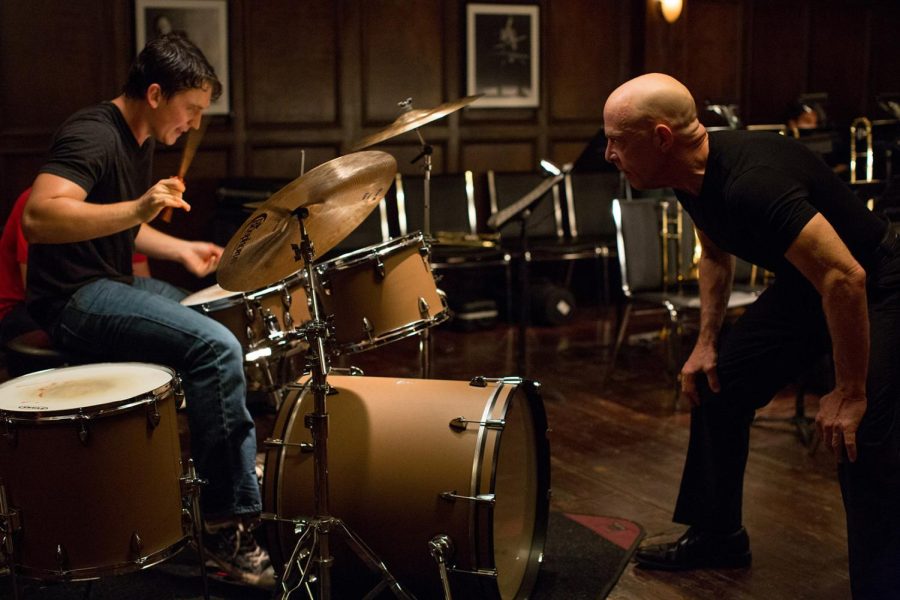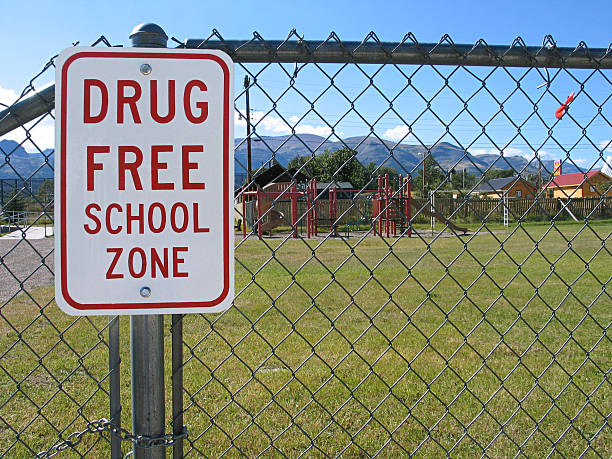When I looked up dates for Cleveland Orchestra Youth Orchestra concerts, I wanted to attend one not only to see my colleague Nathan and other friends perform, but additionally get myself exposed to more orchestral music for the growth of my musicality. I soon as looked up COYO concerts, Google immediately showed their fall concert on November 15th at 8:00 PM. Fiercely anticipating the show, I was on the watch for this single box seat I thought would perfect my experience. The night before the show, my father and I created an account for the Cleveland Orchestra website (https://www.clevelandorchestra.com), bought the ticket for my box seat, and printed it. I wasn’t just excited for the show itself, but for all the kids from Westlake High School that would be attending, with some even performing. Those some would be Jessica Barrick (trumpet), Juyong Lee (trombone), and my colleague, Nathan Hsiao (violin). When my parents dropped my off at Severance Hall in University Circle, I walked into the lobby, hoping to ask for directions to the COYO concert from the amicable and gentle-minded staff. When I walked to the box seat section, an elderly staff member even showed me the way to the section indicated on my ticket, number 15. When I sat in my seat at 7:55, the events on stage weren’t as audibly beautiful as they were visual. All the players of COYO were exchanging conversation, laughing, and getting ready for their exhilarating performance. The sound was [arguably] a more advanced version of the result of a music director telling his or her students to practice, until they were ready to play. When the clock progressed past 8, the concertmaster, Moshi Tang, walked to center stage, and the brass and woodwinds meticulously tuned their instruments. The strings soon followed, with the concertmaster leading them. After the tuning sequence and conductor Vinay Parameswaran walked on the conducting platform, the enthralling spectacle began.

-The schedule for the evening, as shown in the program.
The concert began with the contemporary indie-classical piece, Something for the Dark, written in 2013 by Sarah Kirkland Snider. The piece had many layers, with some being the riveting stammers of the cellos, violas, and basses, the stillness and beauty of the violins as they played suspenseful long notes, and the audible chants of trumpets as the piece progressed. Jessica Barrick, one of the WHS students performing in the concert, even had solos as a principal trumpet player during the piece. The piece was never short of unexpected changes in rhythm and dynamics, and the indie influence could be heard clearly in the percussion, which played many impactful thwacks during the piece. These were, in my opinion, reminiscent of the banging of percussion in Phil Collins’ hit single In The Air Tonight, further indicating the influence of popular music. Popular music could also be heard in the trumpet parts, where the section (especially Jessica) played notes and rhythms that sounded as if they have been transcribed from a Coldplay song. The piece concluded with the stillness of the violins once again, but instead of crescendoing into the grand journey the piece previously presented, they decrescendoed into something symbolic of the orchestra falling asleep due to being tired from all the energy it used during the performance.
The next number, Cello Concerto No. 1 in E-flat major, Opus 107, written by Dmitri Shostakovich, subtracted a large amount of the players from the ensemble. However, they were sensibly replaced by the cello soloist, Annie Zhang. Ms. Zhang’s guest appearance was allowed by her status as co-winner of the COYO 2018-19 Concerto Competition, while previously winning many other awards during her career as well. Following the leaving of many COYO players and Ms. Zhang getting ready to make an impact on her solo platform, she presented a vivid display of her elaborate cello skills, accompanied by the slimmed-down orchestra of only the best in the string sections, a handful of brass and woodwind players, and a single percussionist (Alexa Clawson).

-More information about Ms. Zhang was presented in the “About the Soloist” section of the evening’s program.
The first movement, Allegretto, established an appealing rift that would dominate the rest of the movement. The brass and woodwinds played notes that sounded like sirens and cries for help, establishing the dark mood of the piece. Other than the rhythm section, Ms. Zhang’s playing was what the movement name implied: fast, forte, and intense, as well as heavy with technique, such as vibrating high notes perfectly and sliding fingers smoothly between double stops as if she was playing a guitar. The next movement, Moderato, started off with the strings playing an upheaving, dark melody, with the horn soloist (Hyejin Suzie Lee), playing an important role in this intro. For the rest of the piece, Ms. Zhang played serenely, smoothly, intensely, and sweetly, utilizing her awesome use of dynamics and, at one point, harmonics making the instrument sound like a high-pitched otamatone, but a hundred-times more beautiful. Other musical sensations observed were plucking the strings and playing bowed notes at the same time, and the fact that Ms. Zhang oftentimes ran her fingers up and down the fingerboard like a jazz pianist improvising up and down a keyboard at an incredible speed. After applause, an elderly woman walked to center stage and presented Ms. Zhang with a bouquet of flowers, a sensible gift for her exhilarating performance.
After intermission (with many positive comments on Ms. Zhang’s performance), the final piece of the night, Symphony No. 2 in D major, Opus 43, written by Jean Sibelius, was like a war. The strings, brass, woodwinds, and percussion were creating artful noise reminiscent of a battle, its repercussions, and its victorious moments throughout the four movements. The orchestra sounded funeral processions, triumphs in a struggle, ceremonies for honor, suspenseful sieges, and all the other charms and charities of war. The orchestra was like a full army at this point, with all of its players ready for battle, and Westlake High School’s Juyong Lee, who was absent in the first two pieces, to perform solos as a principal player in the trombone section.
The concert ended with players meeting with friends and family in the lobby, and myself meeting up with Nathan. Surprisingly, when I met with him after asking for directions from one of the other performers, Nathan told me that his e-string snapped at the very end of his performance. Rather than thinking of this as ironic in the sense that such a great concert could afford snapped e-strings, I instead thought of it as the perfect way to end COYO’s fall concert because of the exhilarating music that single e-string performed, with the help of other e-strings, of course. As a result, those e-strings created an exhilarating experience in the form of mindful entertainment for all.
For more opportunities to watch and witness mindful entertainment, visit the Cleveland Orchestra Website (https://www.clevelandorchestra.com), to find dates for other musical events and performances.





![Argentinian players celebrate their penalty shootout victory over the Netherlands at Lusail Iconic Stadium, Qatar [Kai Pfaffenbach/Reuters]](https://greennwhite.org/wp-content/uploads/2022/12/2022-12-09T215755Z_1890492973_UP1EIC91P0HXL_RTRMADP_3_SOCCER-WORLDCUP-NLD-ARG-REPORT.webp)











